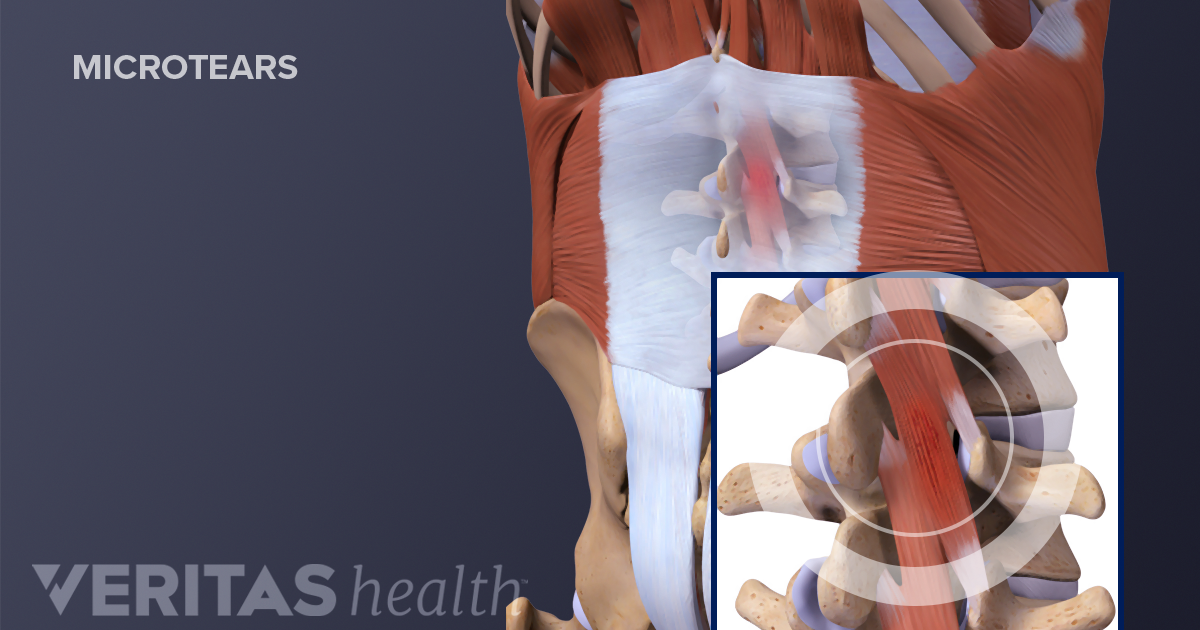

Hold the stretch for 15 to 30 seconds, then repeat on the left. This position produces a stretch in the back right intercostals.

A somewhat advanced extension of this stretch involves twisting to place the left hand on the right (bent) knee, bringing the right arm over the head and bending the torso as far as possible over the left (straight) leg.

Hold the stretch for 15 to 30 seconds, then repeat on the opposite side. A stretch should be felt in the back intercostal muscles on the left side. Then, lean forward as far as is comfortable over the right leg, rotating the torso slightly and touching both palms to the floor, if possible. Sit on the floor with the left leg straight in front of the body and the right bent so the sole of the foot touches the knee.
Forward stretch, used to stretch the intercostals toward the back of the torso. Hold the stretch between 15 and 30 seconds, then repeat on the left side. Continue to reach the left arm overhead so a stretch is felt in the left ribs. Then, bend the upper body toward the right, so the right arm rests on the extended leg. On comfortable padding, rise up on both knees and extend the right leg straight to the side, with the kneecap facing up and the sole on the ground as much as possible. Gate pose, a common yoga position that stretches the intercostals at the side of the torso. Some severe strains may cause upper back pain to last longer the healing period is largely reliant on the severity of the strain and the effectiveness of treatment. Most cases of intercostal muscle strain can heal using only initial treatments, such as those listed above, within a few days to 8 weeks. An extended rest period lasting longer than a few days is generally not advised, as underusing the muscles can lead to weakness and heighten the risk of further injury. Avoiding strenuous activity, especially an activity that caused or contributed to the muscle injury, is recommended. Brief rest period/activity modification. See Common Uses for Treating Back and Neck Pain with Muscle Relaxers Muscle relaxants are usually used for short-term, acute pain. These medications are prescribed by a doctor and typically work as a depressant on the central nervous system to relax the muscles. For severe pain, muscle relaxants may be used to reduce painful muscle tension or spasms.







 0 kommentar(er)
0 kommentar(er)
